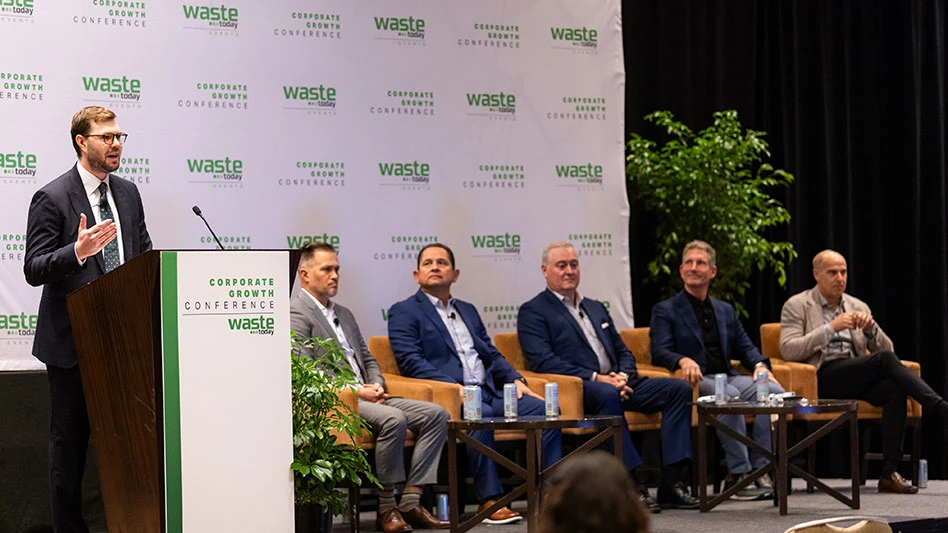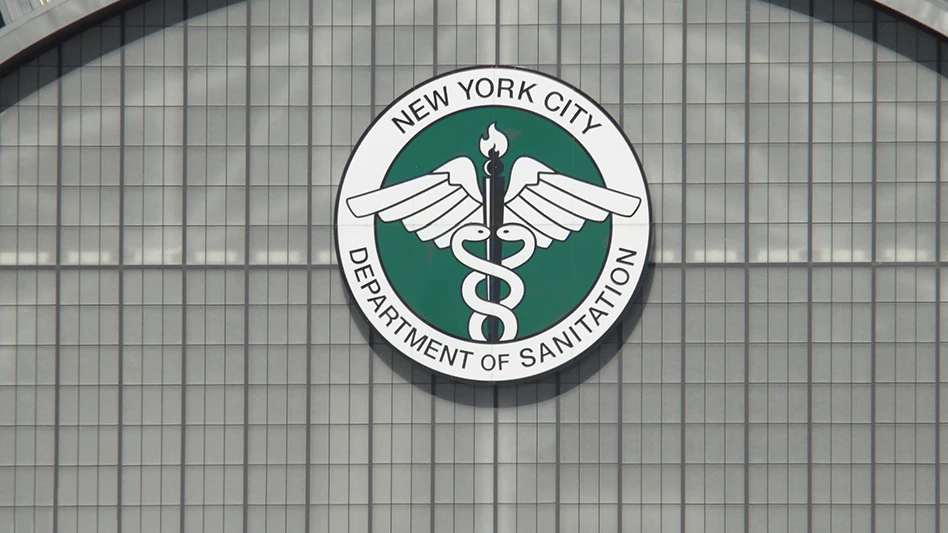
The past few years have been chock-full of economic turbulence: the COVID-19 pandemic, supply chain disruptions, significant and rapid increases in inflation and interest rates, fears of recession and deeply troubling wars and armed conflict throughout the world. With this backdrop in mind, here’s a look at where the U.S. markets for debt and private equity capital currently stand and the implications for entrepreneurs and business owners in the waste management industry.
U.S. debt and private equity capital activity
Changes in interest rates and activity levels for debt and equity capital are certainly linked. Higher interest rates reduce a company’s ability to use debt to fund capital expenditures and growth initiatives by driving up debt servicing costs and reducing free cash flow. Rising interest rates also can have an impact on equity capital activity. First, business valuations theoretically should compress as the weighted average cost of capital increases and business owners or sellers looking for equity capital might be unwilling to adjust valuation expectations for their businesses.
Second, revenue and earnings growth rates also should decline as there is less free cash flow to reinvest in growth initiatives. As a result, the appetite from equity capital providers to invest in lower-growth businesses can be muted. As one would expect, a declining interest rate environment should lead to the opposite impact described previously.
With the U.S. Federal Reserve’s funds target rate at 5.5 percent at the time of writing, future interest rate cuts appear highly likely. In August, Jerome Powell, chair of the Federal Reserve, noted that “the time has come for policy to adjust.” However, it appears unlikely that rates will decrease to the near-zero level seen in 2021 and the market is currently expecting that the federal funds target rate will bottom out at 1.75 percent to 2 percent by 2026.
As a recap, from late 2021 to early 2024, interest rates rose by 5 percentage points—one of the fastest increases on record. This was aimed at containing inflation, which had accelerated on the heels of the COVID-19 pandemic—the U.S. inflation rate peaked at 9.1 percent in mid-2022. Presently, inflation containment appears to be on track. By the second quarter of 2024, inflation was at 2.9 percent, and there is little sign that prices will accelerate again in the near term.
The rate of economic growth has remained (somewhat surprisingly) positive and steady—U.S. real GDP grew by 3 percent year on year in the second quarter of 2024, the fastest growth since the end of lockdowns. The Atlanta Fed expects U.S. real gross domestic product (GDP) to grow at 2 percent for the remainder of 2024.
However, some economic signals are not as encouraging. For example, housing-related inflation remains stubbornly high, the unemployment rate edged up to 4.3 percent and corporate bankruptcies also are on the rise—perhaps a return to normality from the recent troughs. Powell hinted that worries of a weakening economy motivated his decision to signal interest rate cuts, noting he and his colleagues at the Fed “do not seek or welcome further cooling in labor market conditions.”
Private equity activity
Across all sectors of the economy, private equity-led acquisition activity was down 12 percent in 2023 and remains challenged in 2024 (but with some pockets of strength), sinking to a three-year low in the first half of the year. Higher interest rates, compressed free cash flow, demand weakness in certain products/markets as well as fears of further economic weakening certainly have played a role in the decline in private equity activity.
However, cooling inflation and the expected reduction of interest rates are priming merger and acquisition (M&A) markets for more private equity-backed deal activity. Nonetheless, uncertainty and fear remain, with geopolitical instability, the looming U.S. presidential election and the potential aftermath and mixed economic signals raising apprehensions and perceived risks, which can dampen the improvement in investment activity.

Debt activity
While debt markets remain open and accessible for high-quality companies, aggregate new loan volumes are down (2023 was down 40 percent). This is due to several factors, including lower acquisition activity, higher borrowing costs and a more conservative lender stance, particularly at regulated bank lenders.
In addition to loan volumes being down, the amount of debt used to finance acquisitions also has declined, possibly due to higher borrowing costs and greater conservatism on the part of lenders. According to statistics published by GF Data, a Chicago-based provider of M&A data, overall debt-leverage ratios for acquisition transactions, measured as a ratio of debt to EBITDA (earnings before interest, taxes, depreciation and amortization) are down by at least 10 percent relative to 2022 and also are trending below their 10- and 20-year averages.
Appetite for investment
Despite the aforementioned challenges and trends in equity and debt capital activity, the availability of capital in the waste management industry remains robust. Interestingly, private equity deal activity is above 2021-2022 levels and is trending positively during the first six months of 2024.
While the waste management industry and its earnings growth are not insulated from the impacts of higher inflation, higher interest rates and economic slowdowns, the industry does have strong defensive characteristics, including relatively high-quality revenue streams, predictability in cash flows and nondiscretionary (with some exceptions) customer demand (and hence the ability to pass through price increases).
As such, despite concerns from equity investors and lenders in several industries, the appetite to invest and lend in the waste management industry remains strong, and our observation is that an increasing number of new lenders, creditors and private equity investors are interested in the industry.
Increasing demand for high-quality waste management companies coupled with fewer scaled players (due to the continued consolidation in the industry) also have prevented valuations from declining materially. As a proxy, the publicly traded waste management companies are, on average, only 10 percent off their valuation peaks witnessed in 2021.
Key considerations for entrepreneurs
Leaders of high-quality waste management companies are in a strong position to raise debt or equity capital. The more challenging and important considerations relate to ensuring these businesses have a strong, complementary and cohesive leadership team, managing geographic and line-of-business-specific risks, building or acquiring high-quality assets and competitive advantage, and, if there is a need to raise capital, identifying the right capital partners.
On the point of identifying the right capital partner (specifically for private equity), it is important to recognize that private equity investment firms are not one size fits all; rather, they come in all shapes and sizes. If you are evaluating private equity, ask at least the following questions:
- How well does the private equity firm know my industry, invest in getting to know my business and understand what I am trying to achieve?
- Does the private equity firm have a well-informed and rational view of the waste market?
- Does the private equity firm offer the right type of capital solution?
- Does the firm position itself purely as a capital solution or does it offer something more, such as M&A support, expert network or advice on how to position the organization for rapid growth?
Private equity investment can be a catalyst to accelerate growth for waste management companies looking to scale.
Access to capital for waste management and the broader environmental services sector remains robust. It is true that debt and equity capital is more expensive, and likely will remain more expensive than it was in 2021.
However, in light of the many positive attributes of the waste management and environmental sectors, the expected returns on that capital remain optimistically positive. For owners that operate a strong-performing company and remain ambitious, capital is available, and bringing on capital providers will help in achieving those goals faster than otherwise possible.

Explore the October 2024 Issue
Check out more from this issue and find your next story to read.
Latest from Waste Today
- Hawaiian county selects landfill site
- CAA submits final draft program plan in Oregon
- Washington city adds organics collection to waste service
- Aspen Waste Systems expands into Denver-metro market
- NYSAR3 seeks respondents to commercial recycling survey
- Aemitis AD system goes online
- Liebherr breaks ground on logistics center
- Rubicon appoints new CFO





